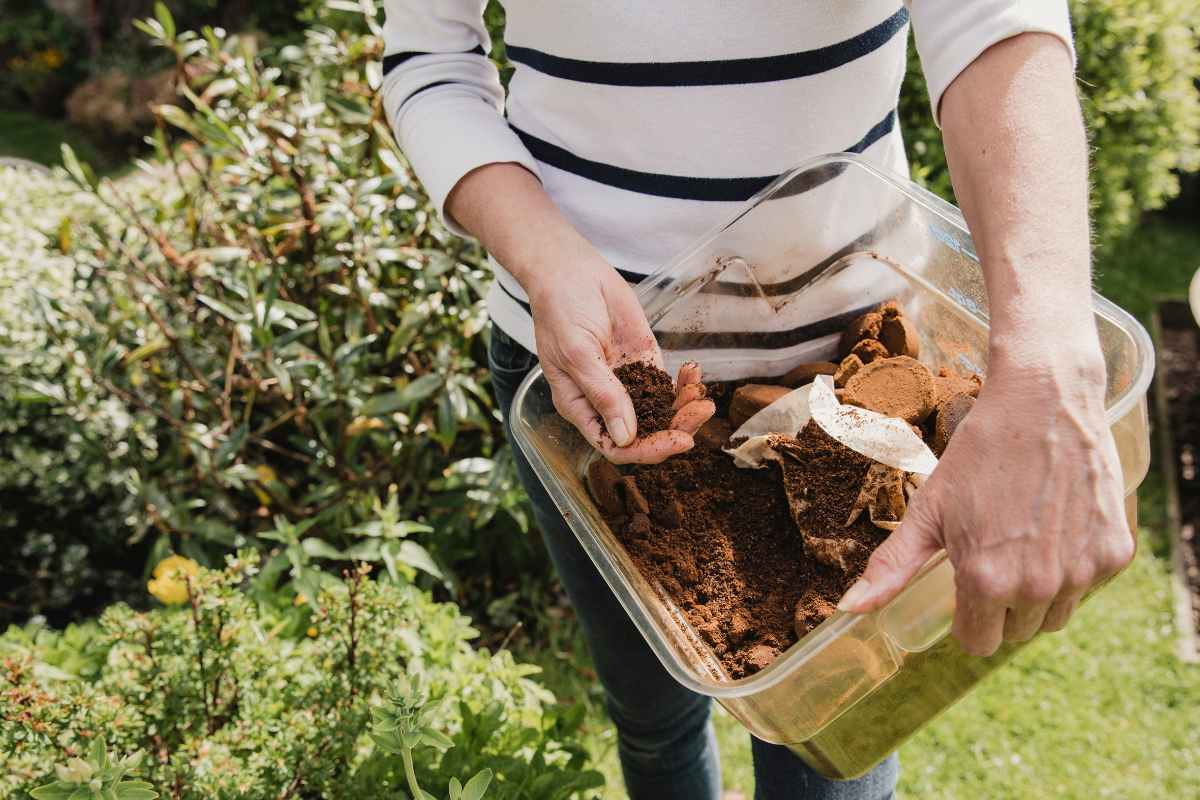
Debunking Garden Myths: Taking a Look at Common Advice
Have you ever heard a bit of advice and thought, does that work? Embarking on the journey of gardening often involves navigating through a landscape of advice, tips, and age-old wisdom passed down through generations. However, not all gardening beliefs stand the test of scrutiny, and some myths persist. In the pursuit of cultivating a green haven, it’s essential to separate gardening fact from fiction. By debunking these myths, we can have a more informed approach to tending our plants and growing a thriving garden based on sound principles and evidence rather than mere tradition. So, let’s delve into the world of gardening myths and shed light on what truly cultivates success.
Table of Contents
Myth 1: Adding Coffee Grounds Benefits the Soil
The thought is that used coffee grounds are nutrient-rich and perfect for adding to your flower beds and borders to improve soil quality. A few years ago, we tried this out in a couple of raised veggie beds and I can safely say this will not be part of our yearly task list. A neighbour of ours was working at a popular coffee shop and they had daily bags of used coffee grounds for home gardeners to add to garden soil. Sounds like a great option, right? That fall, we received a few bags and we were on our way. We deposited the bags on the veggie bed and sorted through all the non-coffee grounds in the bag. Things like stir-sticks, filters, and other green waste need to be composted for a few seasons before adding to flower beds. This left us with a mound of whole coffee beans and ground beans layered on our raised bed.
In the spring as I was preparing the soil for spring planting I was dismayed with the whole process and had to pick out the whole beans in the soil. During the growing season, there was no visible growth benefit for the veggies either. In our planting regime, it was a bust. Coffee grounds tie up nitrogen in the soil as they decompose, therefore reducing the growth of young plants. Certain shrubs like blueberries, rhododendrons, and azaleas like slightly acidic soil, but there are more reliable ways to make this happen. Looking into this myth, we have learned that there is a place for coffee grounds in the garden – the compost. In the compost, they can benefit the soil in future years as organic matter to improve soil structure.
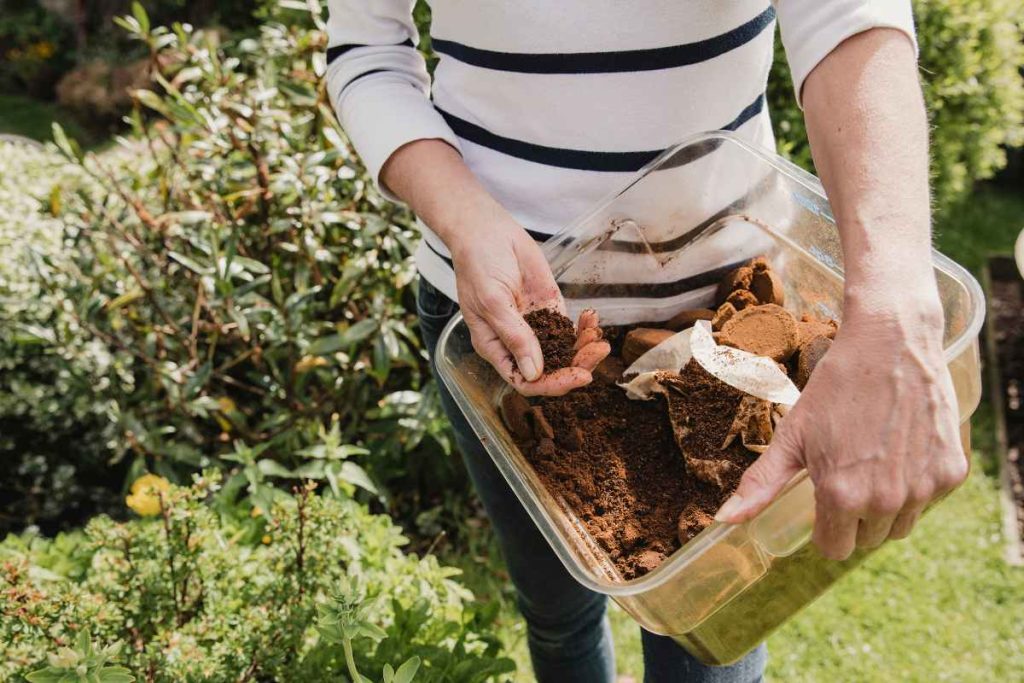
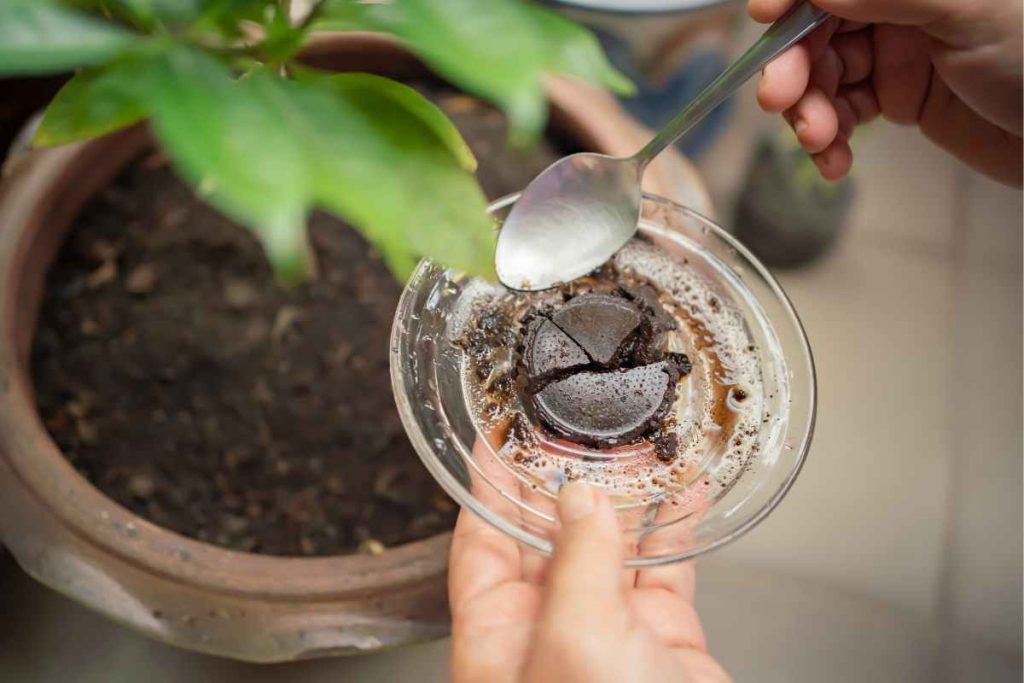
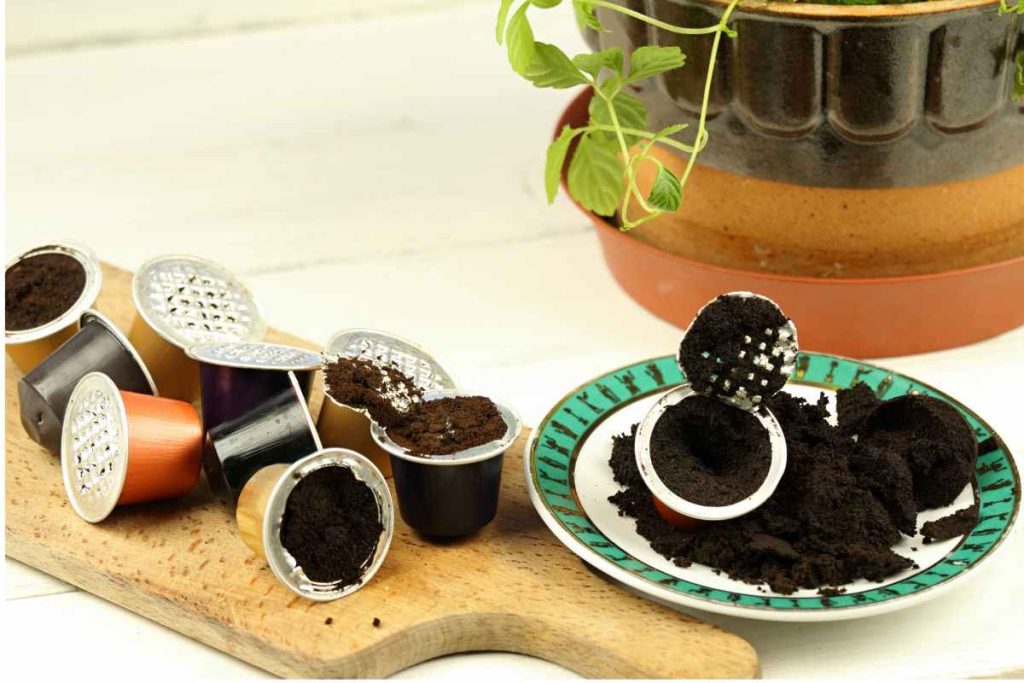
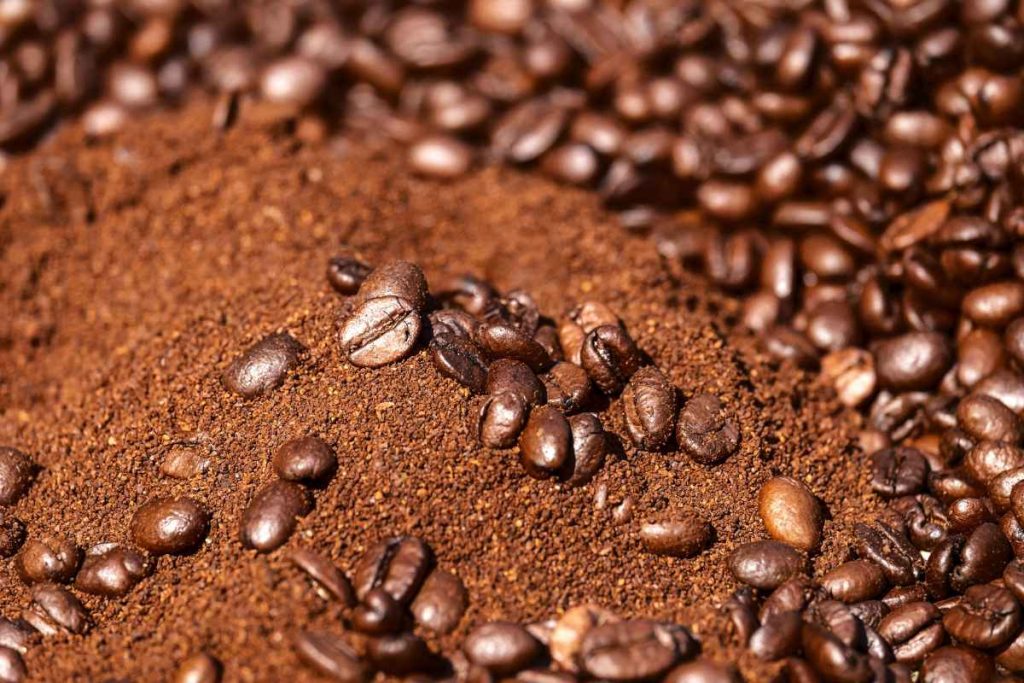
Myth 2: Adding Sand to Clay-Rich Soil Improves Drainage
A common theory is that adding sand to clay-rich soils will loosen it and improve drainage. Clay particles are extremely fine and easily compacted, which is the opposite of sand as it drains quickly because its particles are coarse and loosely spaced. In reality, when adding sand to clay, the tiny clay particles simply fill in the gaps between the sand grains which will give you soil similar to concrete. If you want to improve heavy clay soil, the special amendment is compost, instead of sand alone. When amending clay soil aim for a balanced mixture of compost and sand. Keep in mind that transforming clay soil into a well-draining loam takes time. Work on amending small areas at a time rather than attempting to amend the entire garden bed all at once. Learn more about preparing your soil for planting.
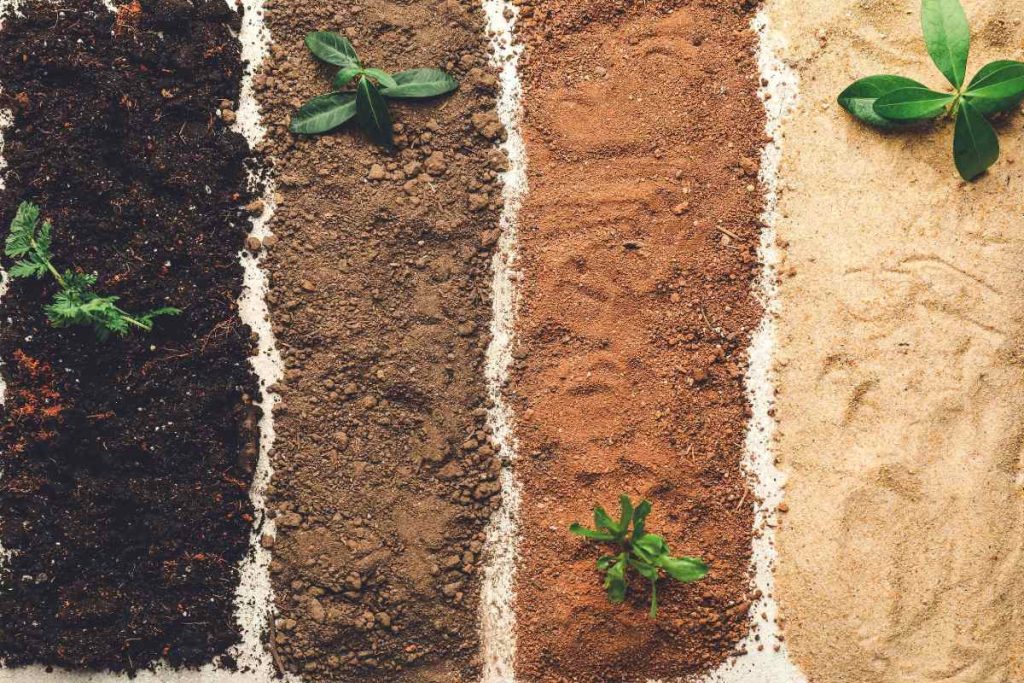


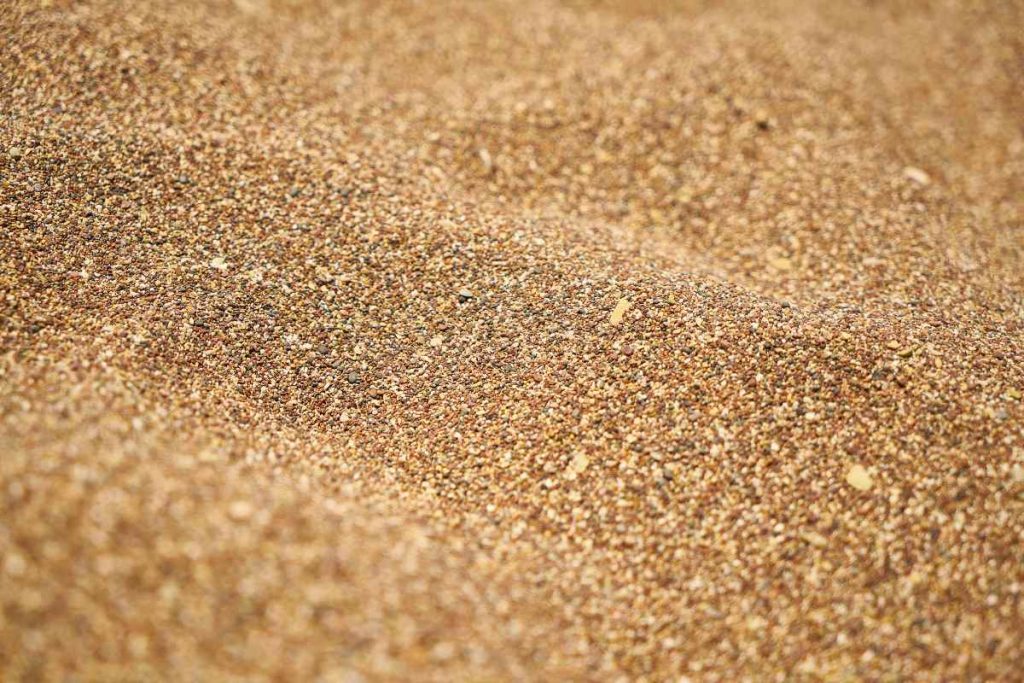
Myth 3: The More Fertilizer…The Better the Results
Have you ever thought that adding more fertilizer will make your plants grow bigger, faster, and better? The reality is that over-fertilizing can harm plants by burning new roots of freshly planted perennials. Excess fertilizer causes nutrient imbalances and can cause plants to grow disproportionally as well. This can be seen in discoloured and warped leaves. Also, fertilizing timing is important, as late summer feedings can give the wrong triggers to plants to set on more growth instead of preparing for dormancy. Therefore, it is important to follow recommended application rates at the proper times of the season for the plant.
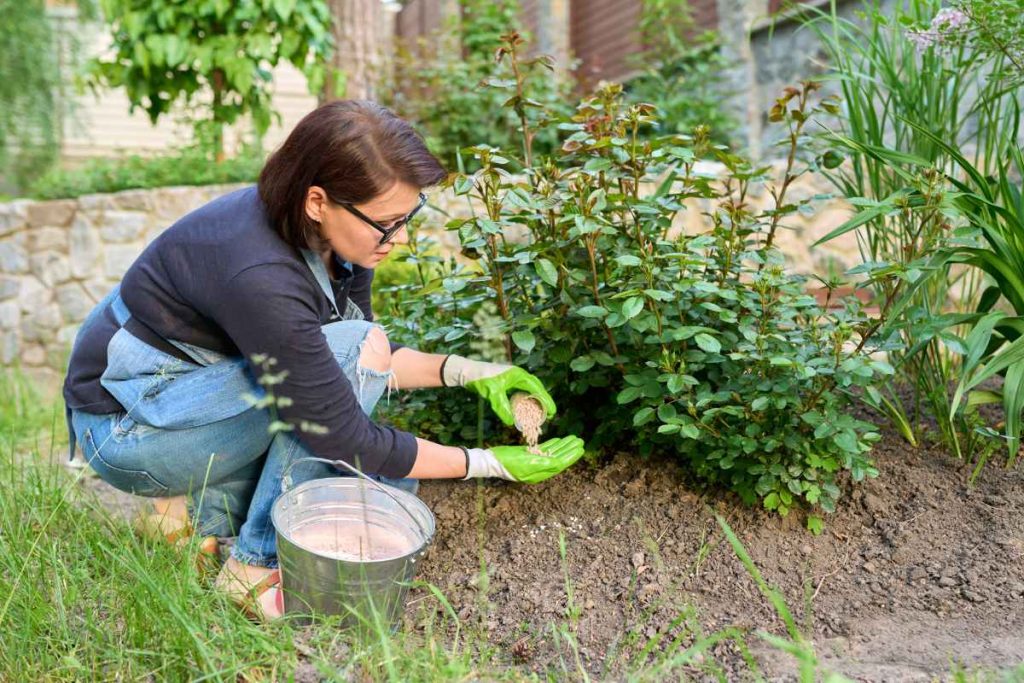
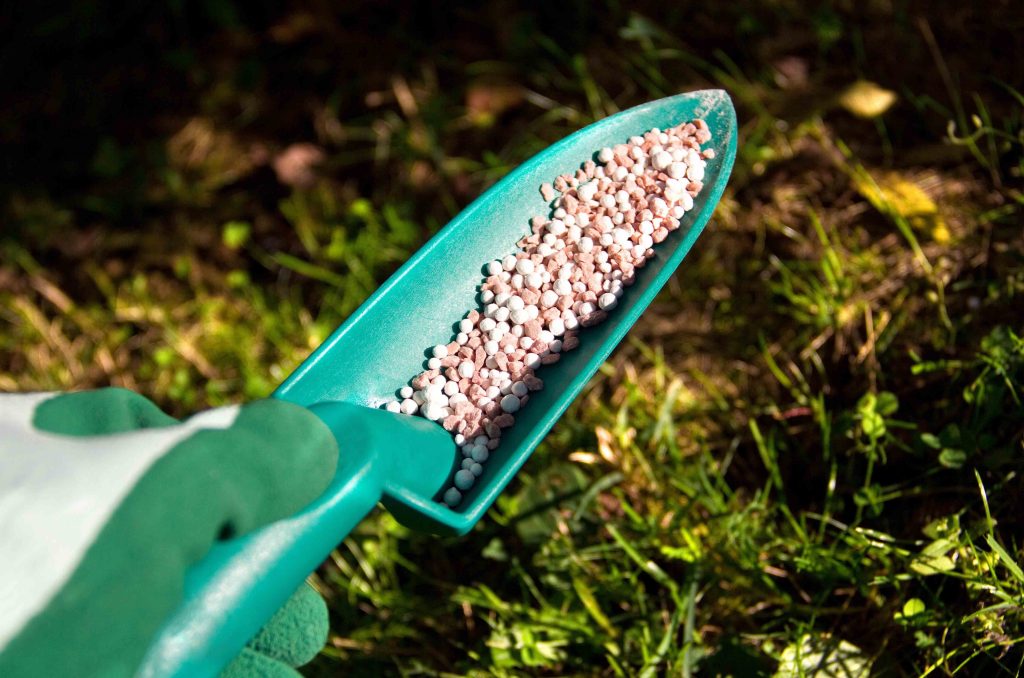
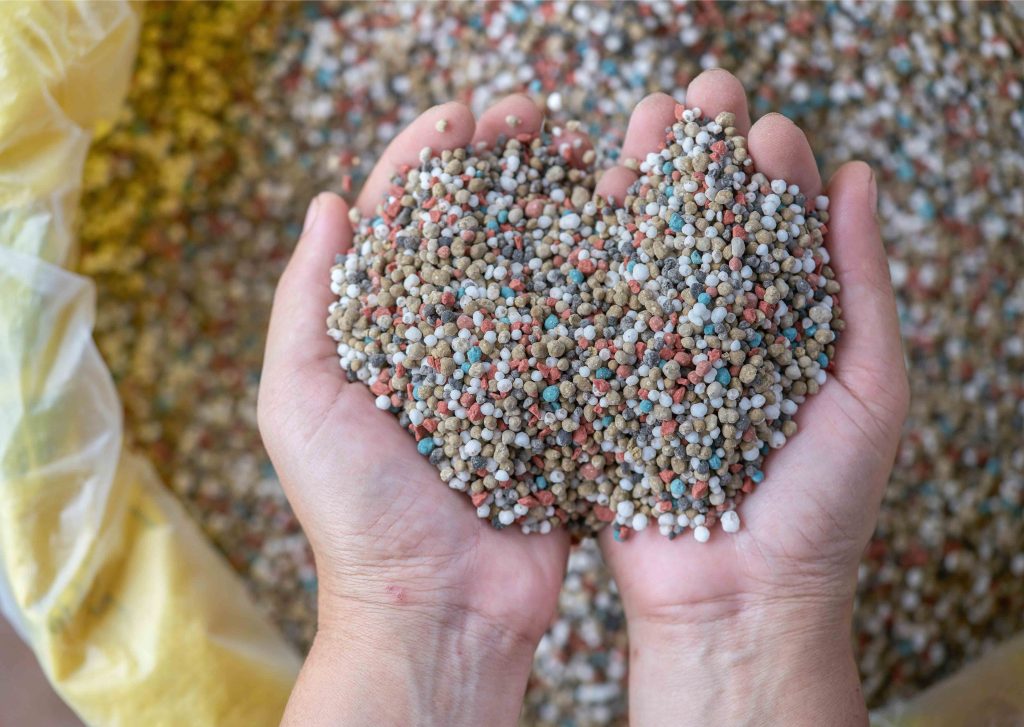
Myth 4: Gravel Improves Drainage
It’s time to plant in your containers! Many people think that soil will clog the holes in the bottom of containers and subsequently, water will not be able to properly drain. Gravel in the bottom of a container can result in the smaller pebbles filling the drainage holes and blocking or greatly reducing the water from flowing out. The best practice is to use well-draining soil in your containers instead. Adding perlite, vermiculite, and sand will improve soil composition as well. Another consideration to improve drainage is raising the pots slightly.
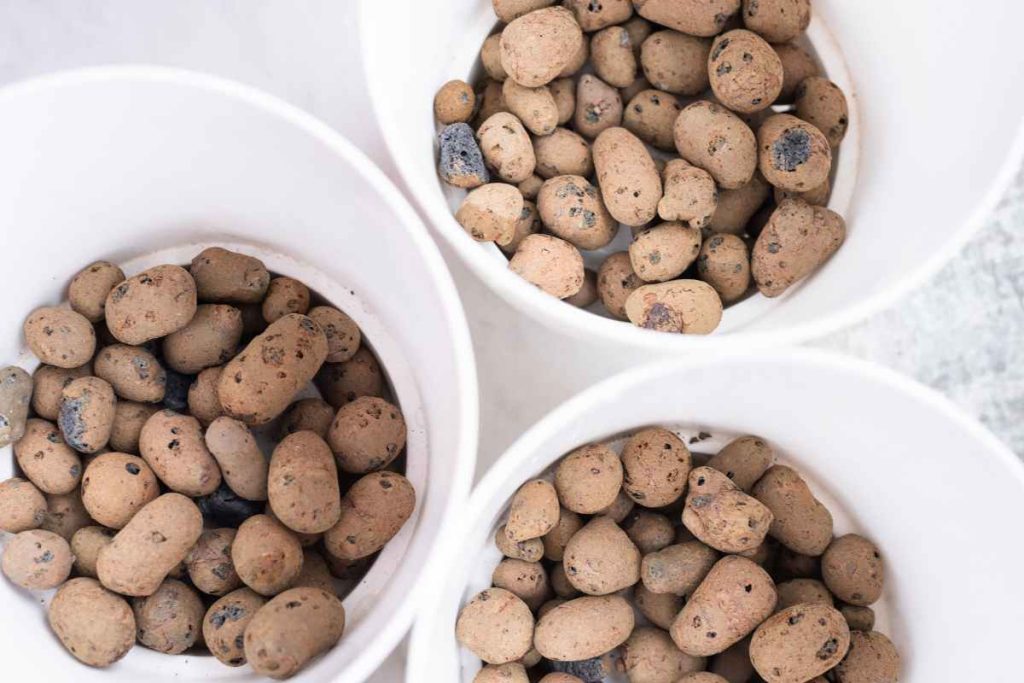
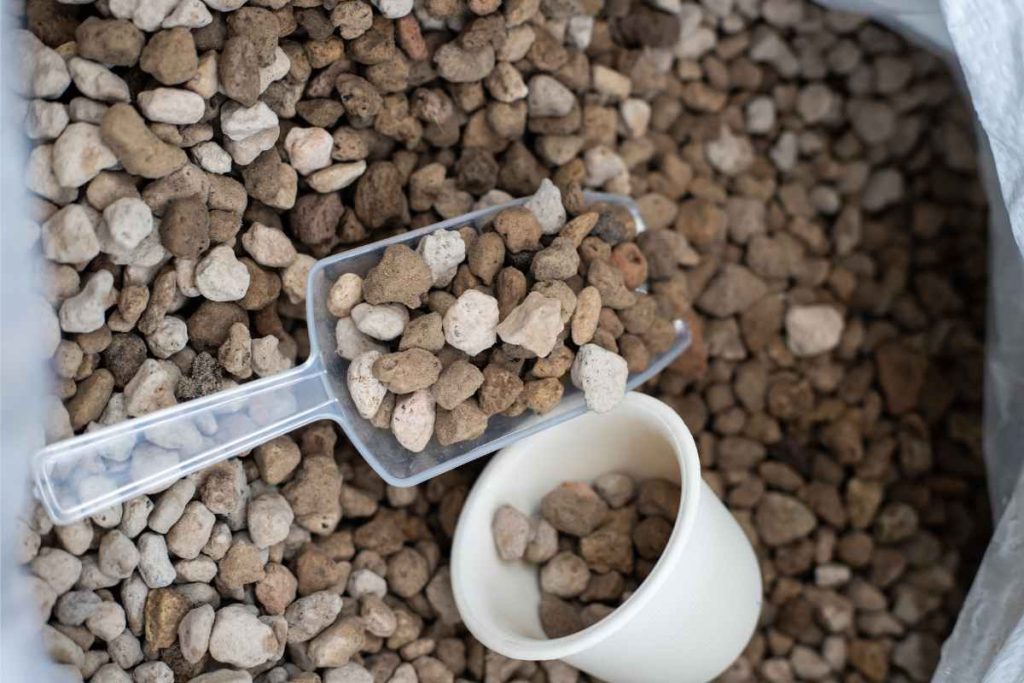
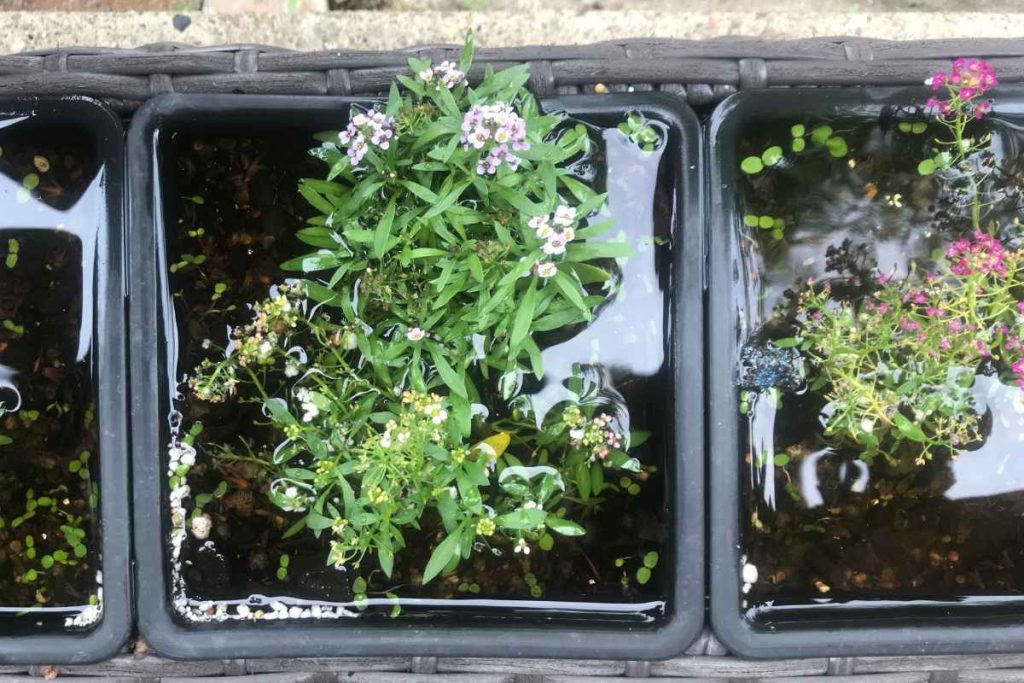
Elevating your container 1-2 cm (.5-1”) off the ground or deck allows excess water to escape freely. Try using wedges or container feet, be mindful that you do not raise the container so high that it becomes unstable. The extra benefit of raised containers is that they are easier to clean under and around.
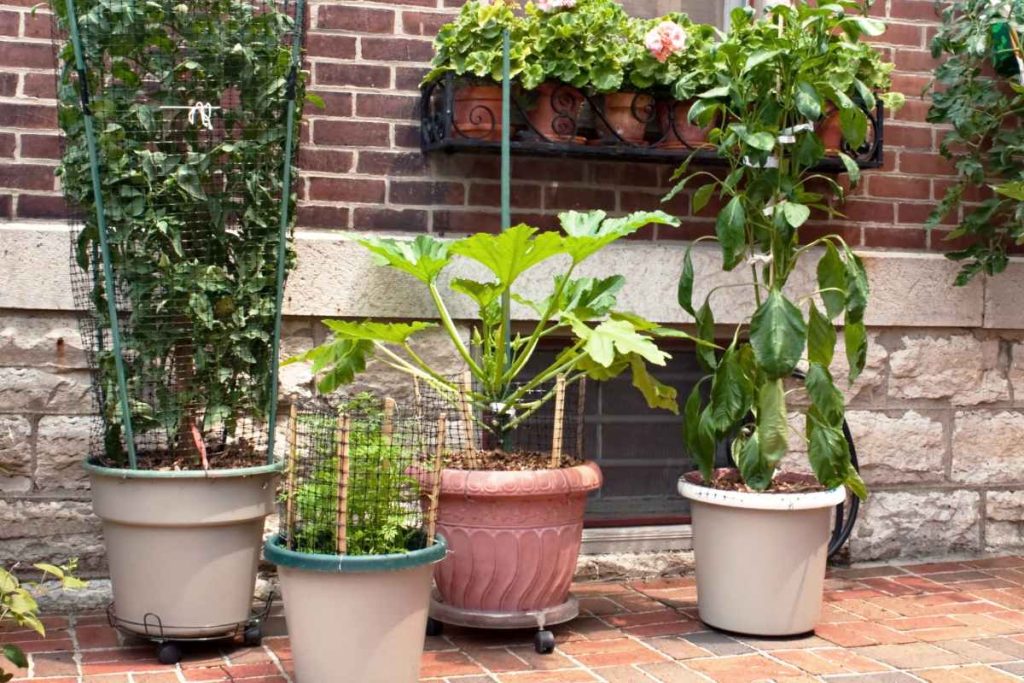
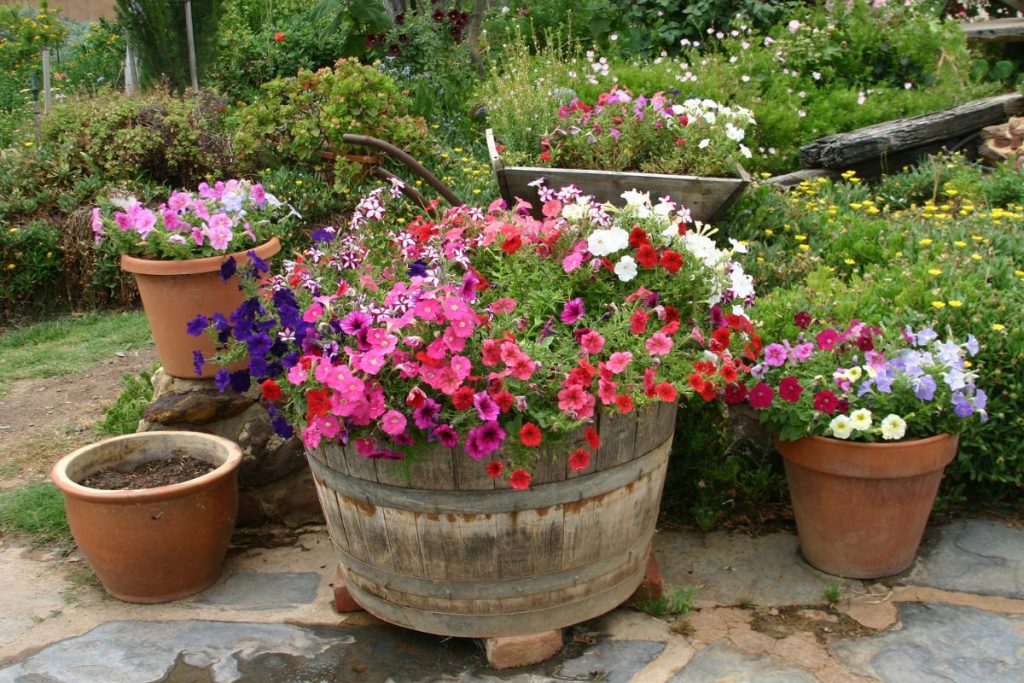
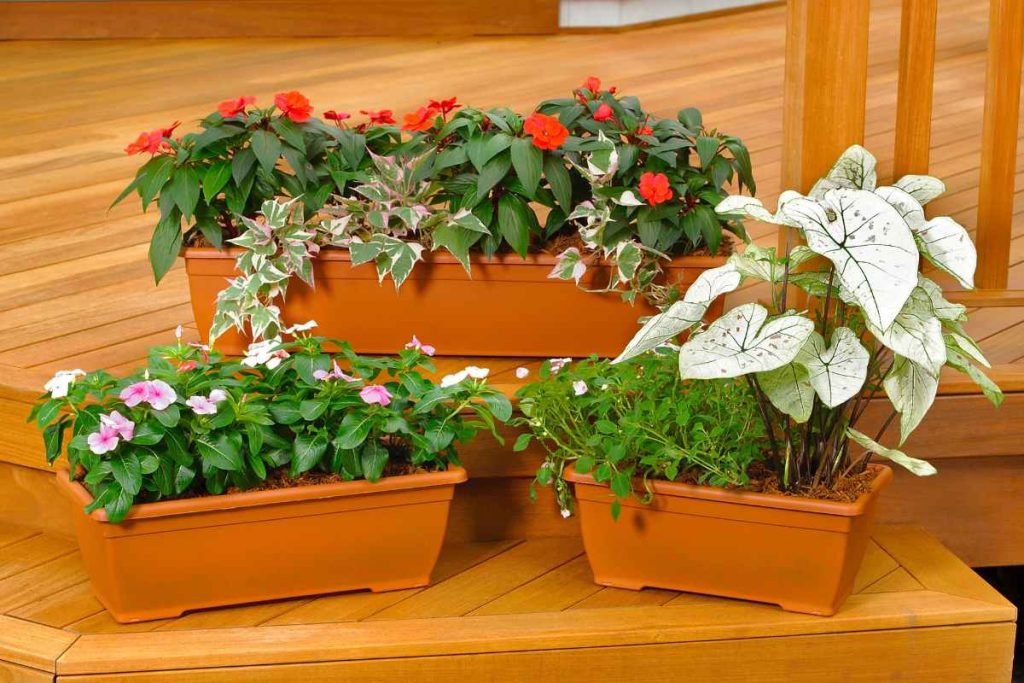
Myth 5: Certain Plants Repel Mosquitos
Can plants help keep mosquitoes away? Fortunately, certain varieties repel mosquitoes from your patio and garden! Plants that are commonly believed to have mosquito-repelling properties are often marketed as natural alternatives to chemical mosquito repellents. Varieties like citronella grass (Cymbopogon nardus), lemon eucalyptus (Eucalyptus citriodora), lavender (Lavandula angustifolia), and lemon balm (Melissa officinalis) are all varieties to have on hand in the garden. Many of these varieties are used in the making of natural mosquito repellants too. In our garden, we have lots of lemon balm. It likes to seed itself out. With all the excess, we have a constant supply of fresh lemony leaves to crush and apply to bare arms and feet all summer. With this simple application, you can have an hour or two of mosquito-free time, enjoy a mojito on the patio, and smell like a grove of lemons. Keep in mind that the effectiveness of mosquito repellant plants is in the natural oils of the plant, so you will need to release them by crushing or other means. Also, while these plants may have some repellent properties, relying solely on them might not provide complete protection, especially in areas with a high mosquito population. It’s essential to consider additional measures such as using mosquito nets, wearing protective clothing, and using approved mosquito repellent products containing other effective ingredients, especially in areas where mosquito-borne diseases are prevalent.
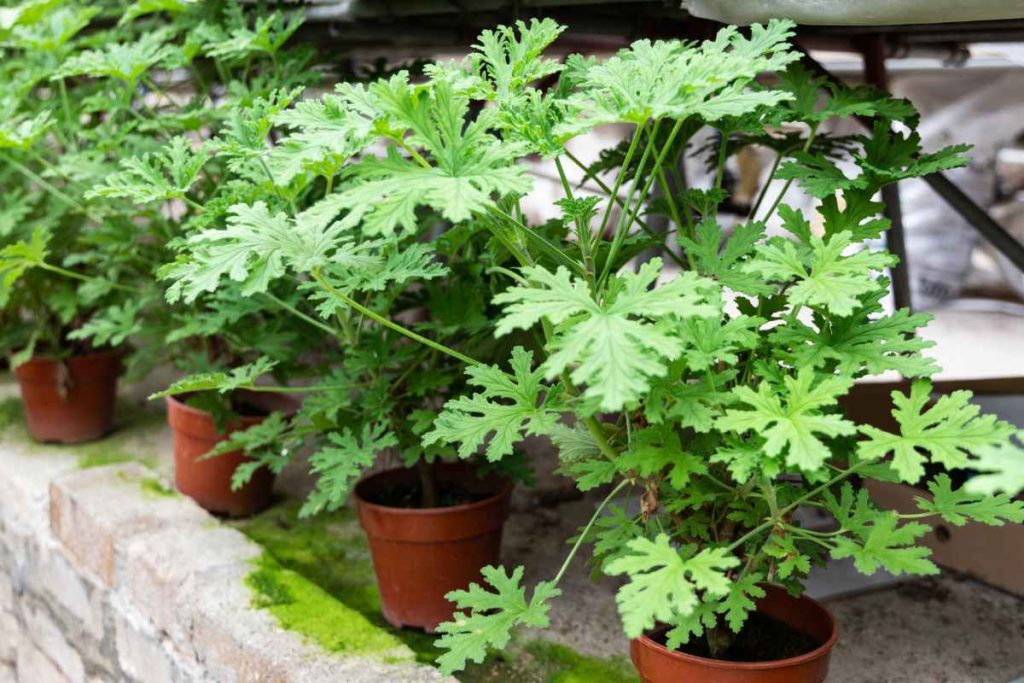
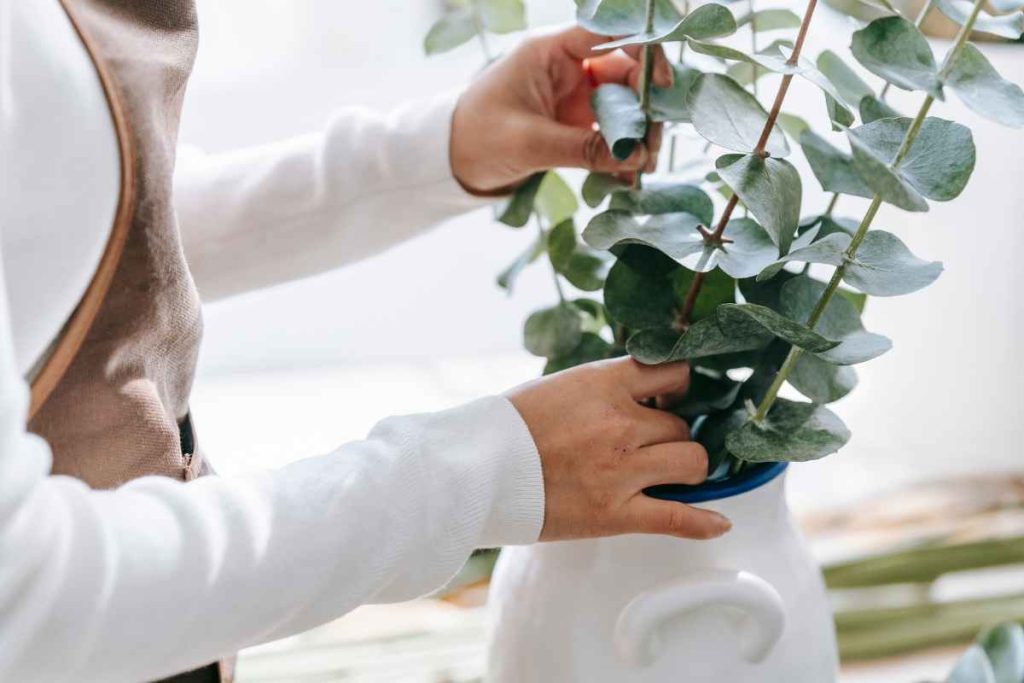
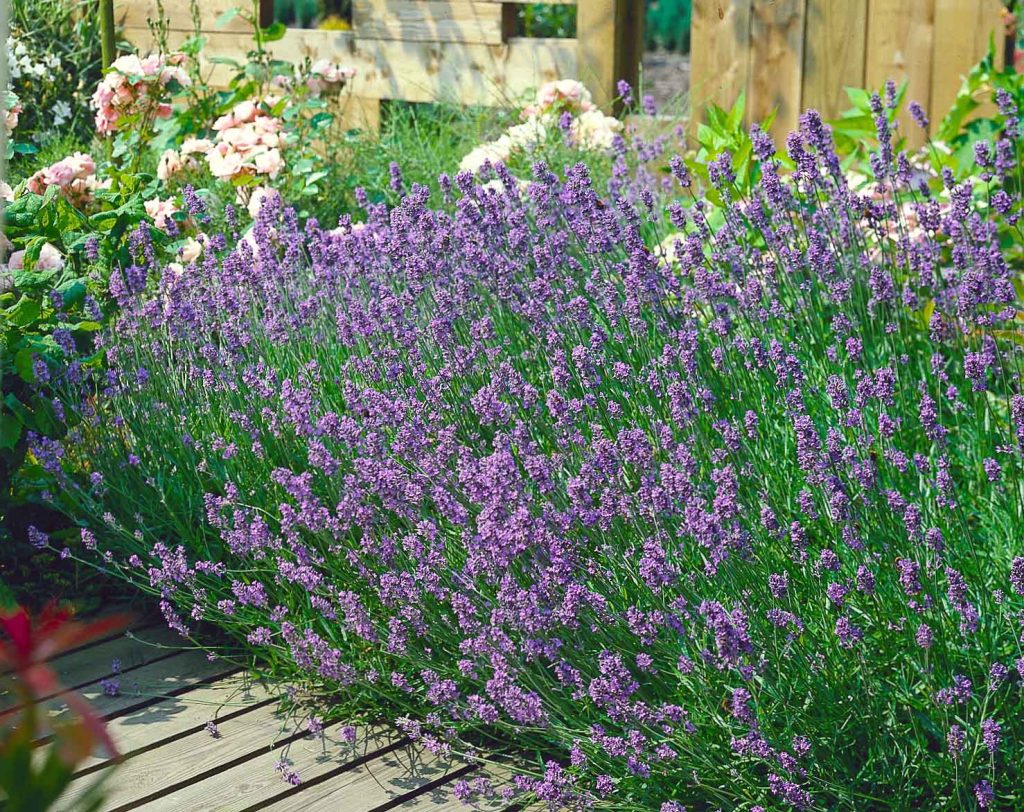
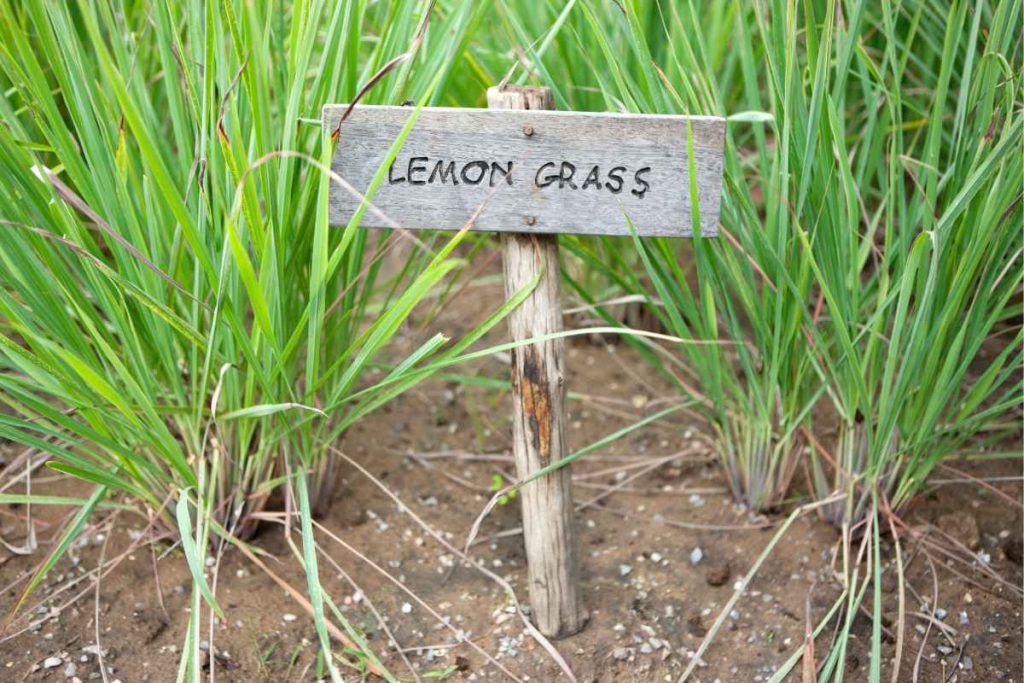

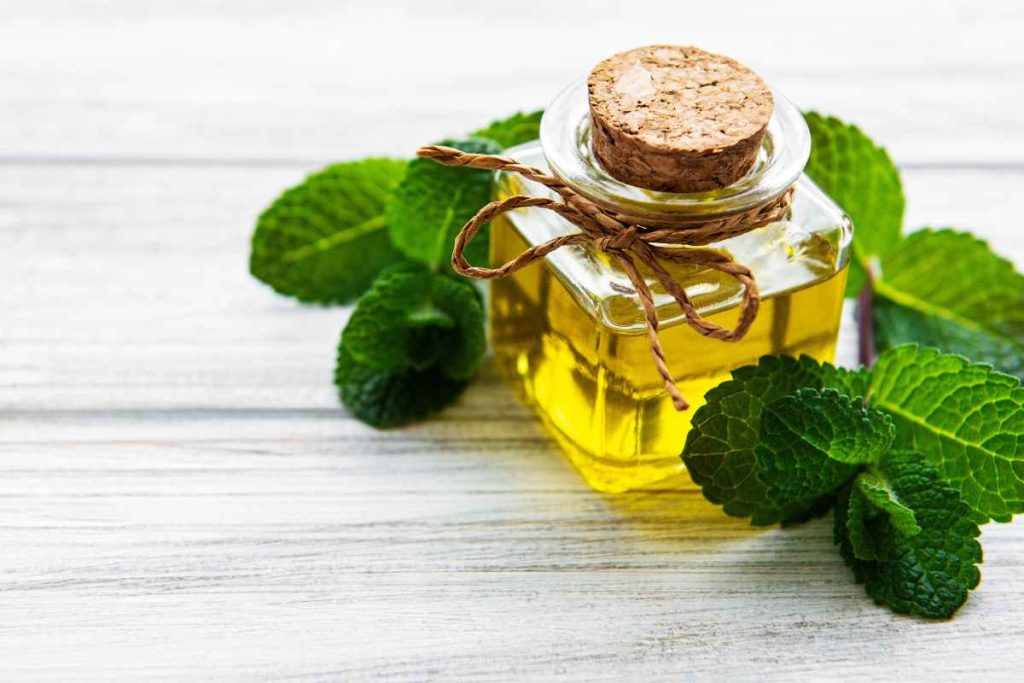
Myth 6: Drought-Tolerant Plants Don’t Need Watering
Do I need to water my drought-tolerant plants? Yes! Despite their name, drought-tolerant plants need water too, especially when they are freshly planted in the landscape. New plants have yet to develop root systems and store resources to survive drought successfully as older, more established plants can. Allow at least 2-3 growing seasons for new plants to establish and develop their root systems before expecting them to survive the heat and drought of an extremely hot summer. Water newly planted specimens regularly during the second and third seasons of growth, gradually increasing the time between watering. Once established, drought-tolerant plants can be watered infrequently, but water them more thoroughly, to encourage roots to grow deeper down into moist soil. Watering in the early morning, before the heat of the afternoon will benefit them too. Keep in mind though, if a drought is extreme, even established plants can experience stress, injury, and mortality due to a lack of water. Learn more about drought-tolerant plants, and check out our pamphlet to find out which varieties are best for a drought-tolerant garden.
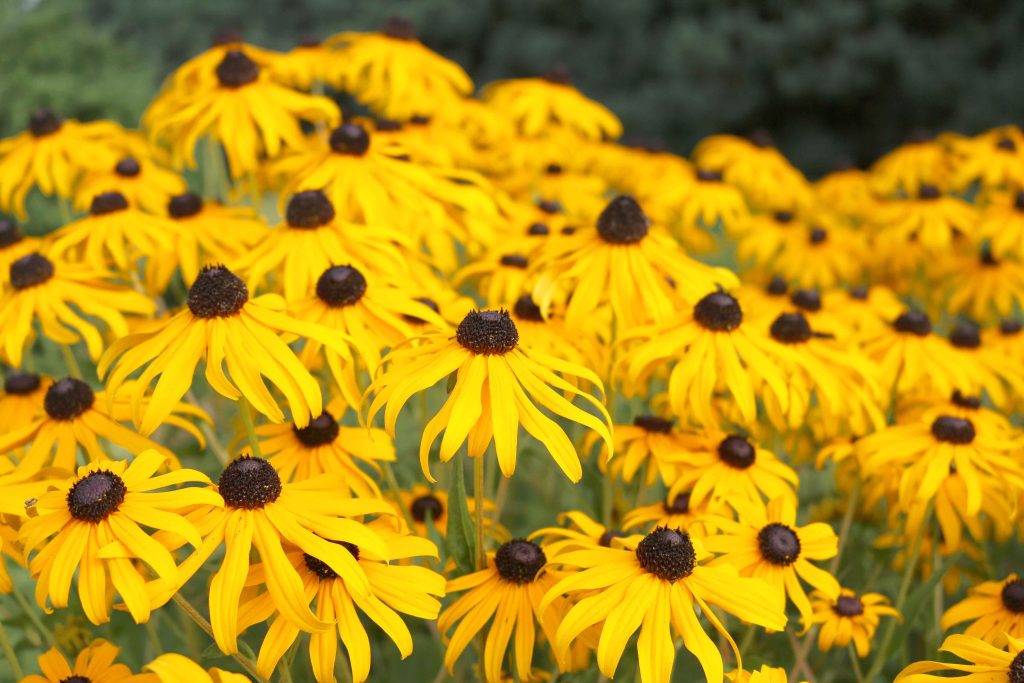
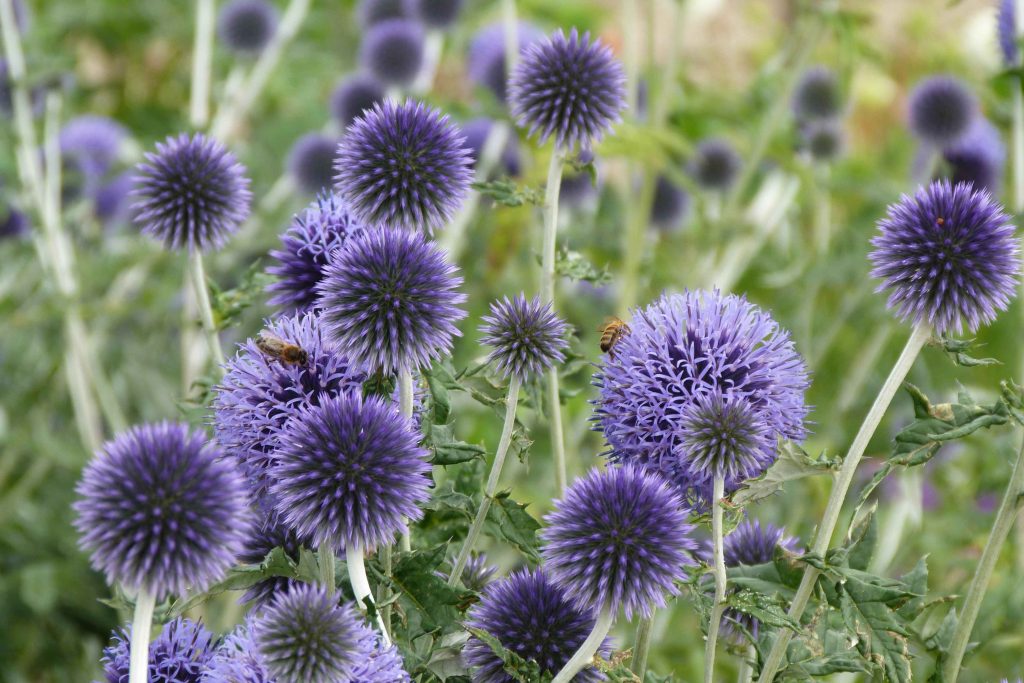
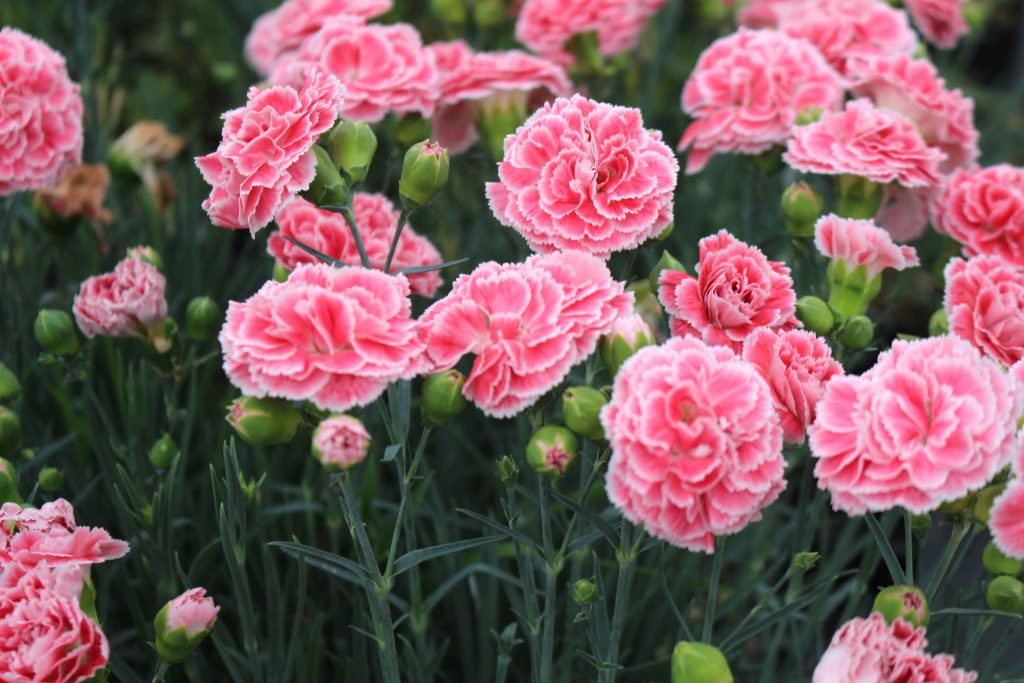
Myth 7: All Seeds Need to be Planted at the Same Time
The thought is planting time is the same for all seeds. It’s normal to want to get all the seeds into the ground as soon as you can but do not do all your plantings in one day. Just like the plants that grow from seeds, they are unique with different planting times and number of days to harvest or cut flowers. Some varieties are cold tolerant, like peas and spinach, and can be planted early – while others like peppers and basil need the extra warmth to survive and should be planted later. Also, consider your harvest time. If you are planning to preserve or freeze fresh veggies, then planting many seeds of one kind at a time is a great idea. If you plan to enjoy a long harvest season filled with a continuous supply of fresh veggies and cut flowers, you may want to stagger plant your seeds for some of the faster-to-harvest varieties like radishes and lettuce. Planning backward from harvest time and keeping in mind the purpose will help guide the process. Plant too much? Don’t just leave extra produce in the garden. When it’s overly ripe or past maturity, it will simply encourage disease and pests. Solution: share with family, friends, and neighbours, donate to the local food bank, or sell extra produce. Learn more about starting seeds indoors and which vegetable seeds you can sow in early spring.
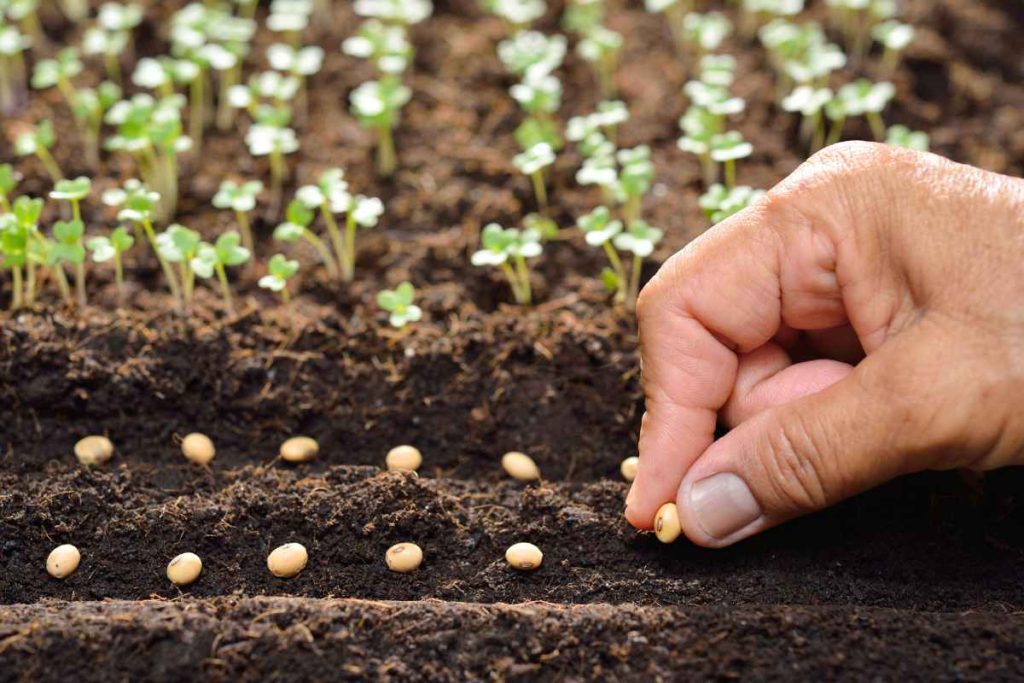
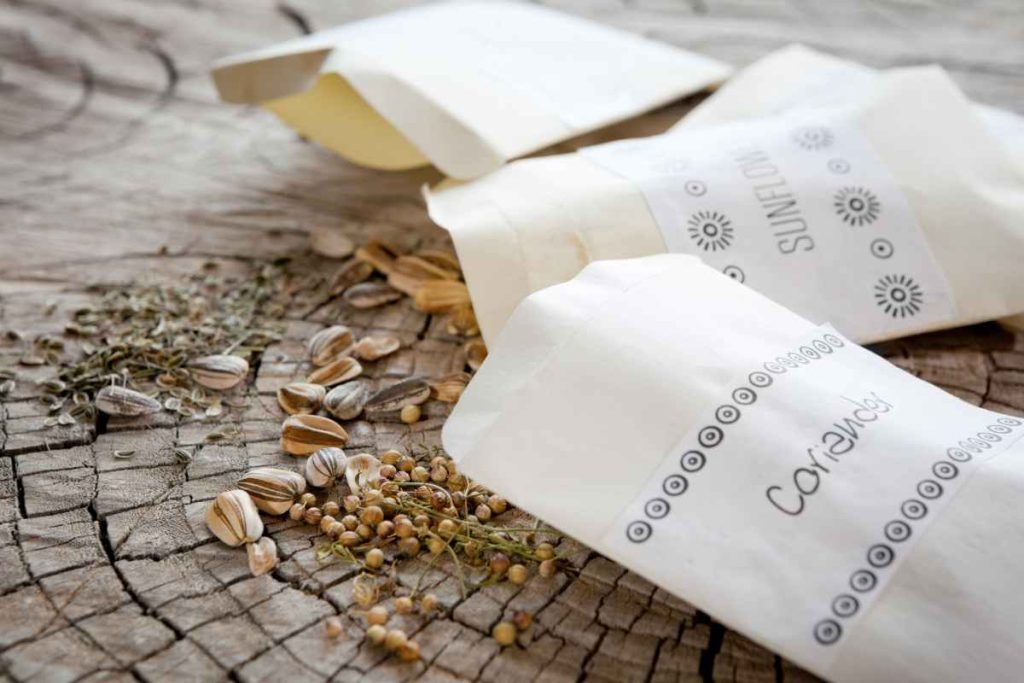
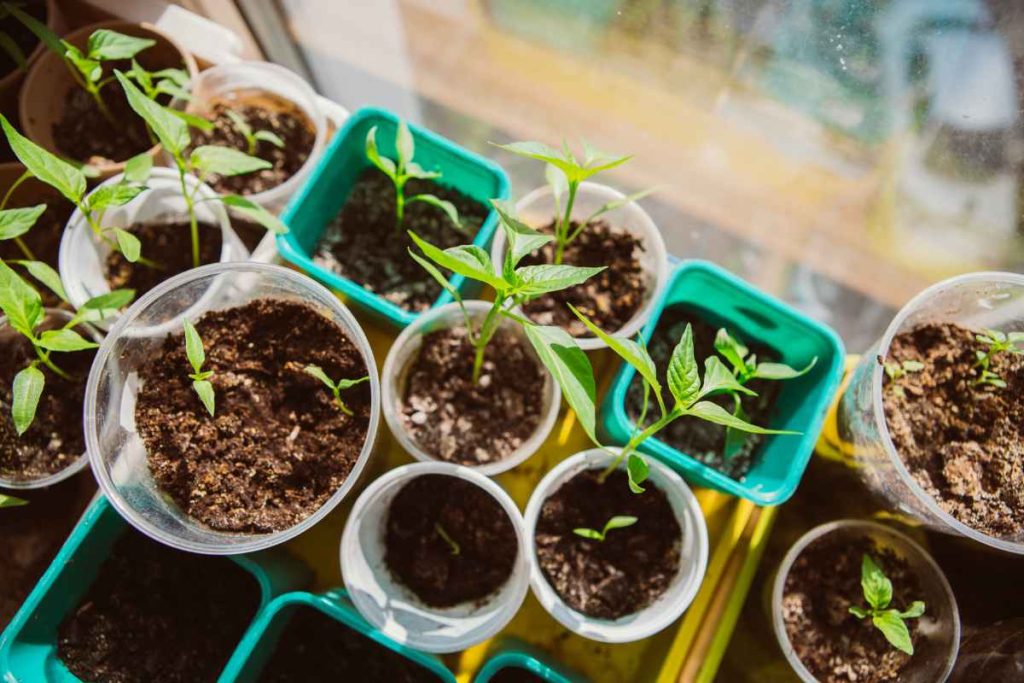
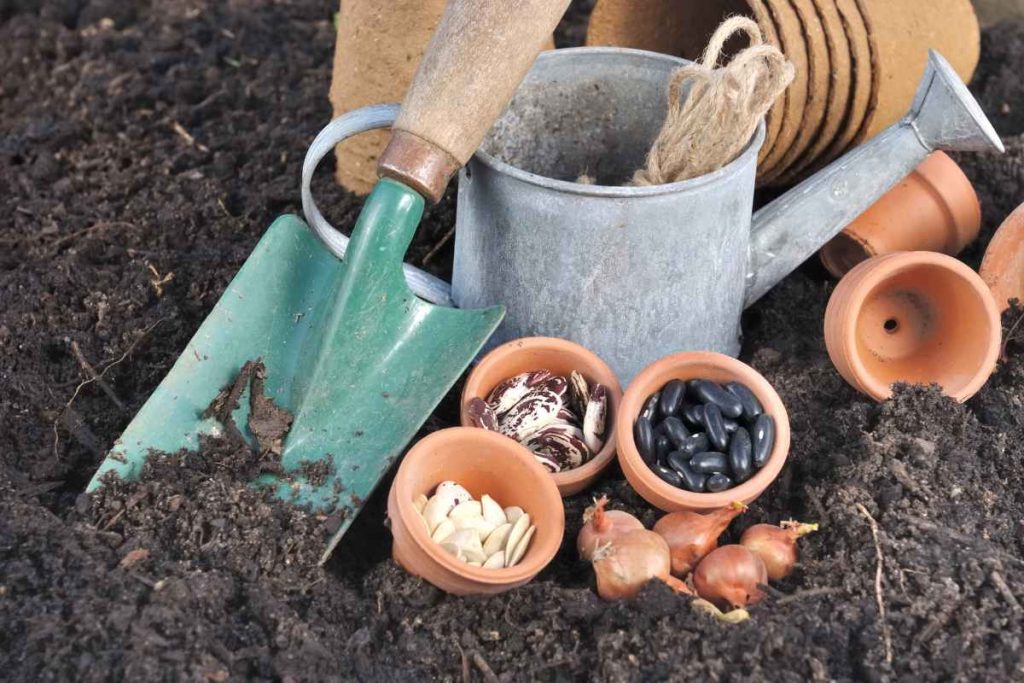
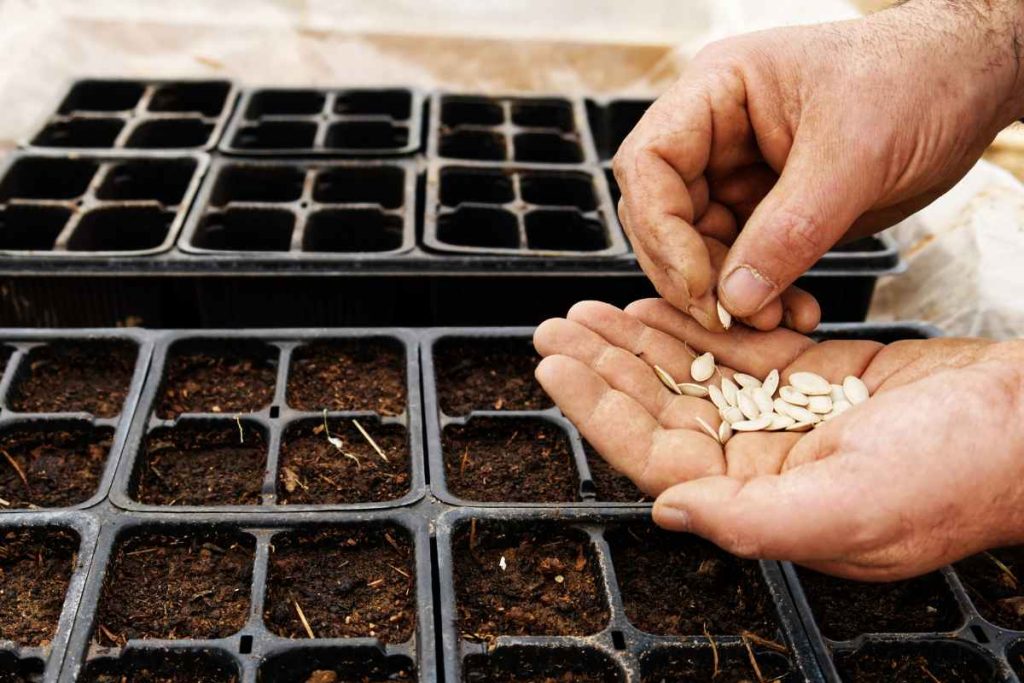
In gardening, separating fact from fiction is crucial for success. While some myths may contain a kernel of truth, relying solely on anecdotal advice can lead to disappointment and frustration. By staying informed and open to new research, gardeners can cultivate thriving, healthy gardens while avoiding common misconceptions. Remember, experimentation and observation are key to finding what works best in your unique gardening environment. So, keep digging, keep growing, and thriving!



grandma gardener
fantastic info keep sending this kind of info so good to clarify